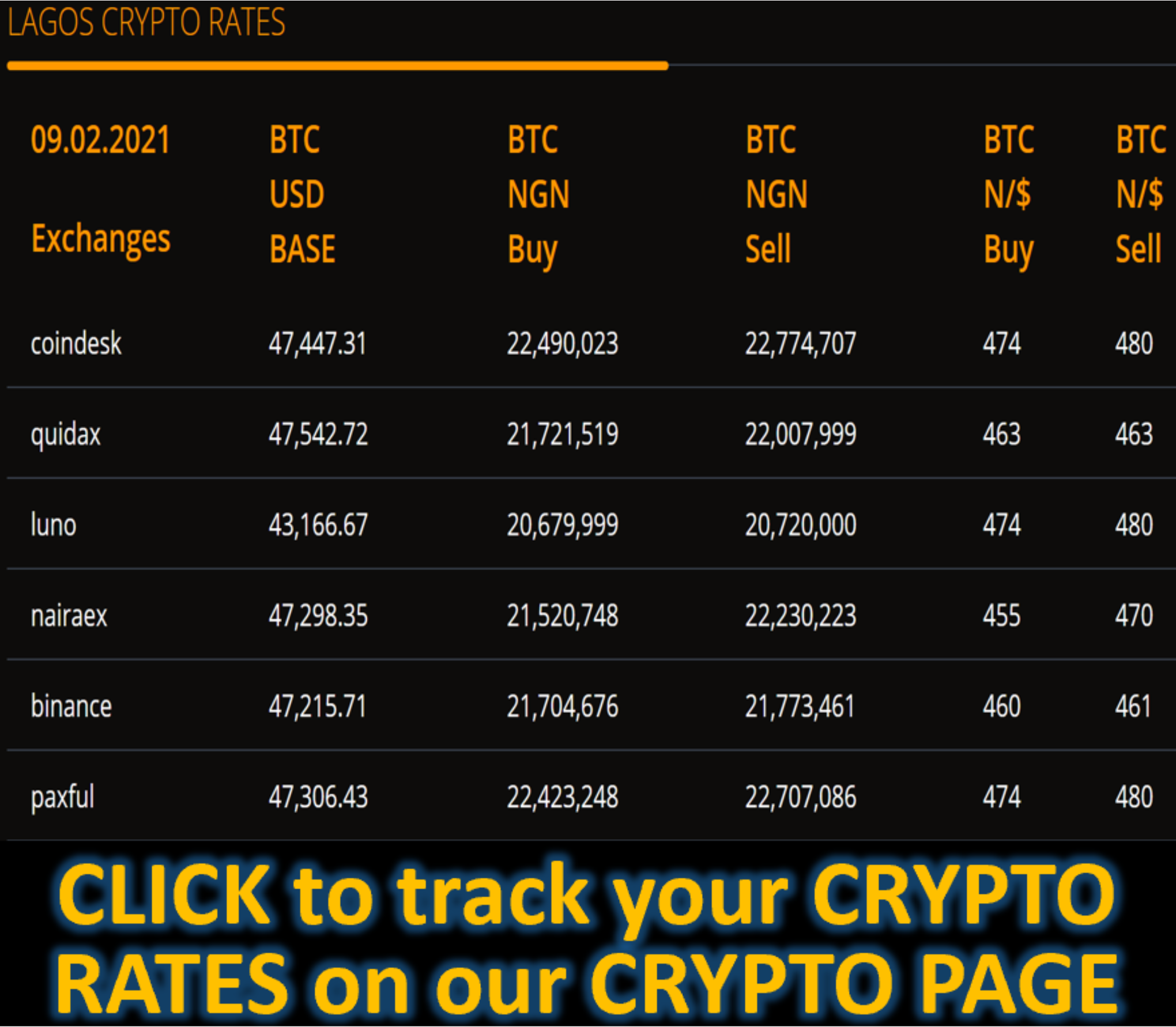Market News
Powell says Fed can wait before lowering interest rates again. Will it wait too long? - USA TODAY
As it gauges which of the economic threats spawned by President Donald Trump’s sweeping tariffs – high inflation or low employment – poses the biggest risk, the Federal Reserve seems to be playing it straight down the middle of the fairway.
At a news conference Wednesday after the Fed held interest rates steady, Chair Jerome Powell repeatedly said officials can afford to “wait and see” how the effects of the tariffs play out and are “in no hurry” to cut rates. That’s despite many economists’ forecasts of a mild recession later this year.
For now, Powell said, the economy is in good shape and inflation is gradually drifting down toward the Fed’s 2% goal.
“I don’t think we can say which way this will shake out,” he said.

The upshot, however, is there’s a good chance the Fed will wait longer than anticipated to lower rates, economists say. And that, they say, could make the central bank late to the game if the nation does slip into a sharp slowdown or downturn.
“We believe the Fed will opt to be patient, even if it risks falling behind the curve,” Ryan Sweet, chief U.S. economist of Oxford Economics, wrote in a note to clients.
What are the economic effects of tariffs?
There’s little doubt the Fed faces a formidable challenge, with Trump’s hefty import fees set to both sharply raise prices and curtail consumer spending, the economy’s engine, leaving officials torn between their two missions. Normally, the Fed raises rates or keeps them higher for longer to cool a hot economy and bring down inflation. It cuts rates to juice feeble growth or dig the nation out of a slump.
The Fed slashed its key rate by a percentage point late last year as a pandemic-induced inflation spike softened but has since paused as it waits to see which tariff-related hazard shows up in the economic data first.
Powell reiterated Wednesday the Fed will focus on whichever of the Fed’s goals is furthest away – stable prices or full employment. But he also repeated that its main job is to ensure that a one-time price increase from tariffs doesn’t affect consumers’ inflation expectations and ripple through the economy.
What is the inflation rate today?
At the moment, the Fed’s preferred annual inflation measure sits at 2.6%, above its 2% target. Unemployment is at a historically low 4.2%.
But in its post-meeting statement, the Fed barely gave a nod to the economy’s first-quarter contraction, which was caused by a surge of imports as businesses raced to stock up before tariffs hit. Imports are subtracted from gross domestic product because they’re made overseas. It simply said “swings in net exports have affected the data.”
Granted, the shrinking economy amounted to a statistical quirk, with consumer spending and business investment still growing.
Still, Morgan Stanley wrote in a note to clients, “The (Fed) did not acknowledge slowing in the economy. They described activity as ’solid’ despite low headline GDP being affected by trade.”
Powell echoed the theme, saying the economy “is still in solid shape.” Consumer spending, however, grew at a 1.8% annual rate early this year – down from 4% in late 2024 – and much of that gain was likely flattered by Americans snapping up cars and other merchandise early to dodge tariffs, forecasters say.
In his prepared remarks, Powell also dropped his prior references to the Fed’s choice boiling down to holding rates steady or cutting, noted economist Michael Feroli of JPMorgan Chase. And Powell wouldn’t reaffirm Fed officials’ March estimate of two rate cuts in 2025, Feroli said.
Powell’s reluctance to delve too deeply into a rate-cut roadmap is understandable. His Fed failed to raise rates soon enough to head off the COVID-related inflation surge in 2021.
And tariffs are likely to push up inflation first, as high as about 3.7% this year, Morgan Stanley said. That could lead the Fed to keep rates elevated until the duties – and their effects on consumption, business outlays and hiring – drive unemployment to about 4.7% by next year, the research firm said.
Powell made clear the Fed is awaiting signals from the “hard” economic data and won’t rely on tumbling consumer and business confidence, which has sent false warnings in recent years.
He also acknowledged events could change the economic landscape without being specific. U.S. trade deals with China or other nations, as well as another reversal on tariffs by Trump, could brighten the outlook.
How long until interest rates drop again?
While Fed futures markets still expect the first rate cut in July, Nationwide and JPMorgan think officials will wait until September. Oxford figures the central bank will hold off until December. And Capital Economics reckons the central bank will stand pat until a new Trump-appointed Fed chair takes the reins in a year.
In a note earlier this week, Goldman Sachs said it doesn’t believe the Fed will sit on its hands if the labor market starts struggling. The research firm said it expects officials to act in July.
But economist Scott Anderson of BMO Capital Markets said the central bank’s focus on inflation “raises the risk that the Fed will be a little late to cutting rates to forestall a deeper slowdown in the economy.”









